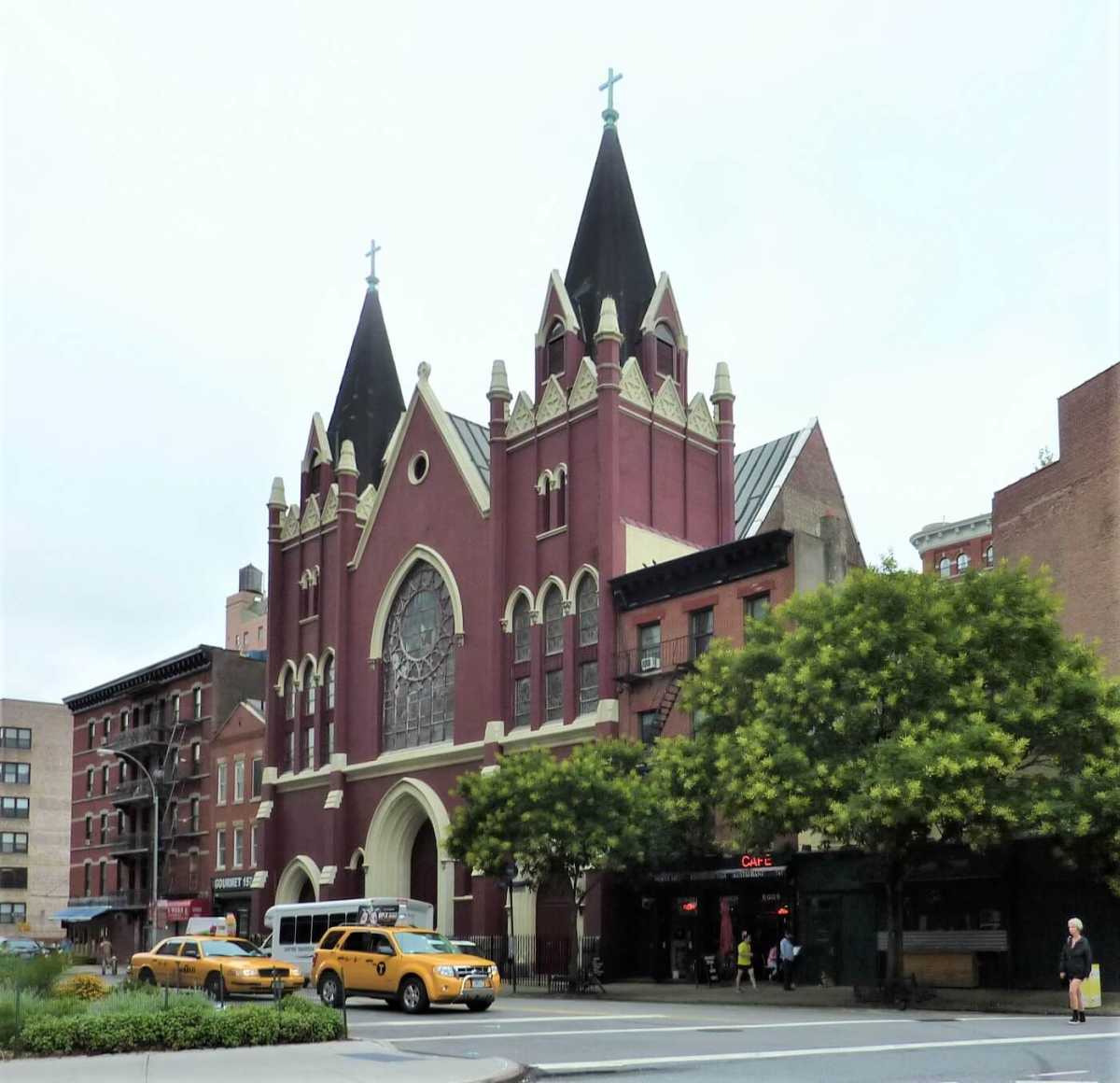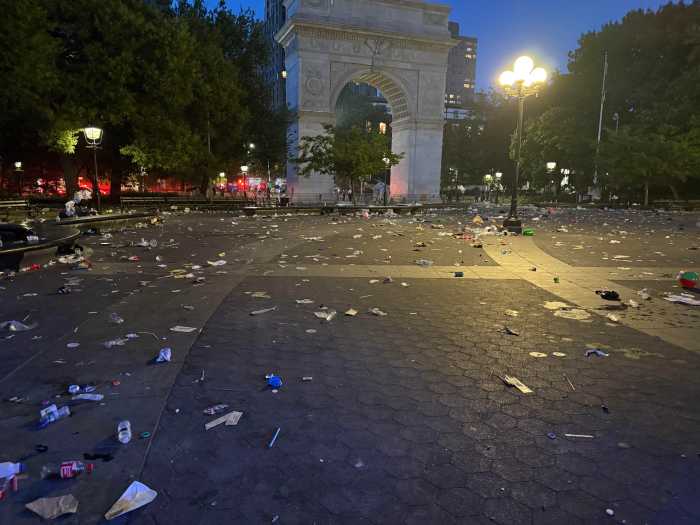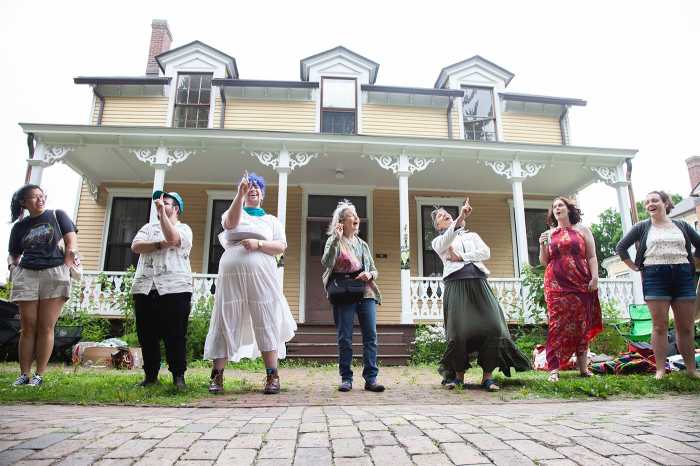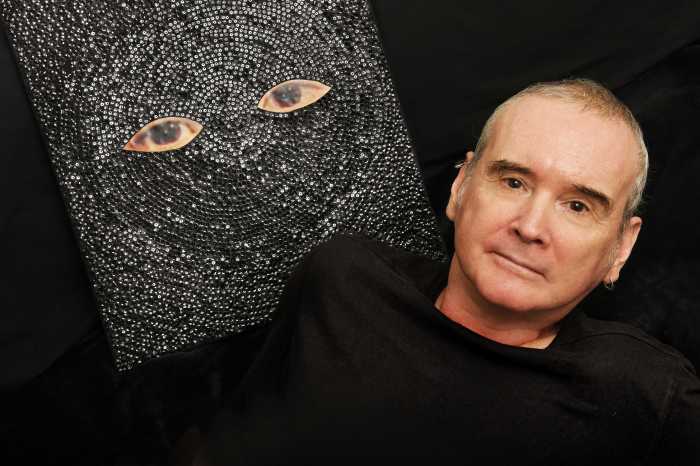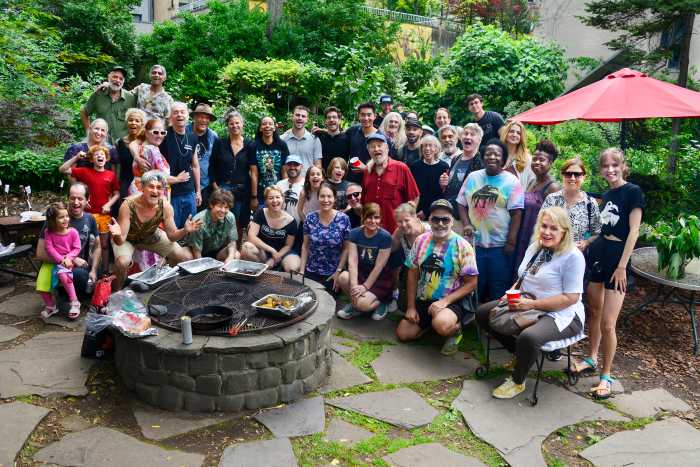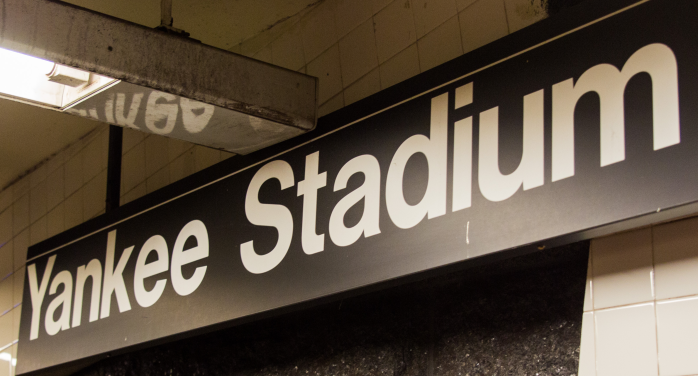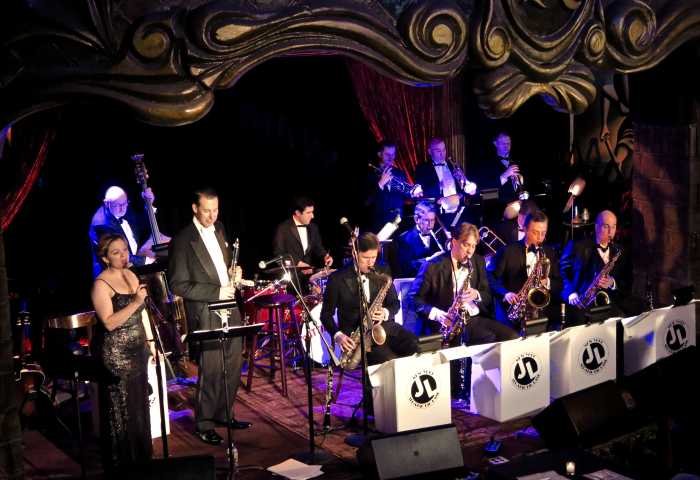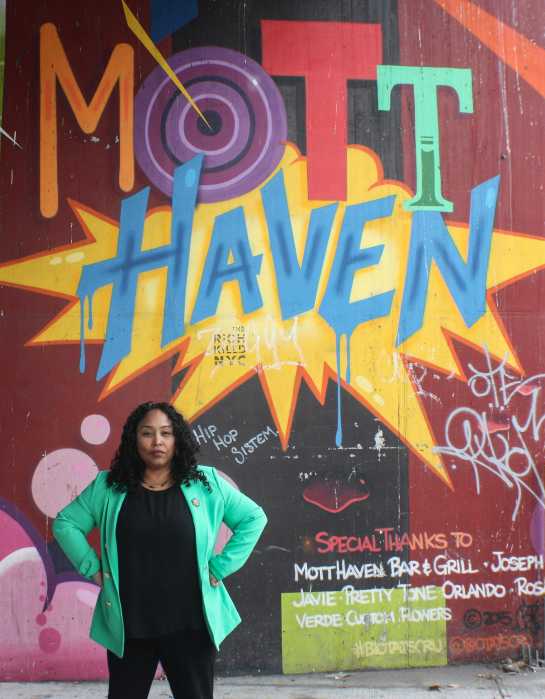A group of parishioners dedicated to preserving the historic Church of St. Veronica in the West Village is reporting a widening gap between the Vatican and Archdiocese’s plans for the building.
For the last several years, the group of worshippers, now under the banner of the St. Veronica’s Moving Forward Committee, has been trying to revive the dormant church at 149 Christopher St. That entails advocating for repairs to the church’s leaking roof and regular services in accordance with Vatican rules.
But while the efforts have spurred some support from the Vatican, members of the committee say that they are concerned that the New York Archdiocese has other plans: to sell the property instead of rehabilitating it.
“They’re just trying to make it decay enough where they’ll say, ‘Oh, it can’t be open, and we have to close it,’” alleged Vincent Orgo, one of the group’s members.
The committee has launched a legal effort to bolster its case, taking the fight to the Vatican, which has taken some steps in their favor. After the church’s former pastor closed the church with little notice in 2017, the Vatican court officially re-sanctified it as an active church in 2020.
Since then, the group has been pushing the local parish to hold at least two annual, public Masses at the historically landmarked church, and ensure that it’s open for daily silent prayer and meditation hours, services the committee says are required by the Vatican.
“The archdiocese refuses to allow us to do that, which is one of our big points of contention at this point,” said Cindy Boyle, who has been a parishioner since the early 1980s.
The Archdiocese of New York did not respond to a request for comment.
The group’s legal appeal to Vatican courts claims the church was closed improperly by its former pastor. The court has accepted their case, but it’s stuck behind a long backlog of others, which could take years to resolve.
Boyle alleged that the New York Archdiocese’s ongoing failure to adhere to the rules in operating St. Veronica’s is a reason that the Vatican has continued to consider the case.
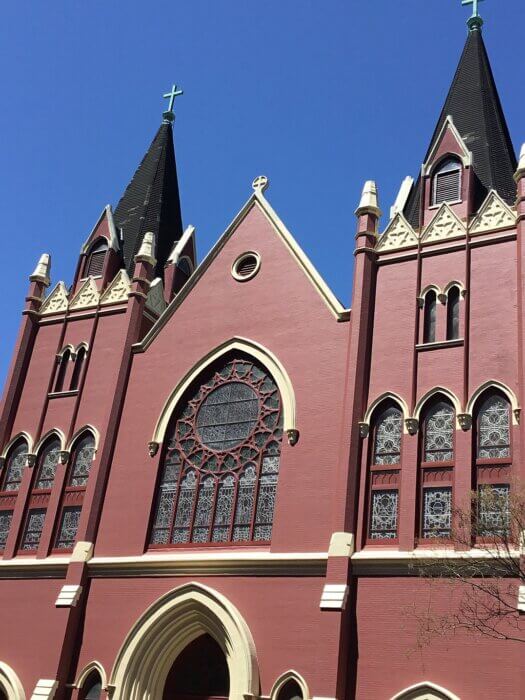
“The Archdiocese is ignoring [the Vatican’s] instructions. They’re also supposed to maintain the building, keep it in safe condition, and they’re not doing that,” she said.
One of the committee’s big goals is to push the Archdiocese to get an appraiser to estimate how much it will cost to fix a leak in the roof, which continues to damage the interior ceiling and walls. Last year, the Landmarks Conservancy offered to pitch in with around $10,000, and enlist some repair contractors to take a look at fixing St Veronica’s, which is a city-designated historical landmark.
In response, Orgo said the Archdiocese Parish coordinator refused the donation of finances for needed roof repairs, claiming that it wasn’t enough to make a dent. It also refused subsequent offers by Landmarks Preservation to provide an expert architectural assessment of the damage in order to help keep the cost low. Orgo said that the Archdiocese has indicated it would cost millions to do the repairs.
“That is so strange. They refused for them to come in and even look,” he said.
Orgo even took the matter of St. Veronica’s up recently with Cardinal Timothy Dolan in person, suggesting that maybe that the church could combine with the successful and well-staffed parish at St. Joseph’s Church in Greenwich Village to use some of the priests. Dolan was receptive to the idea, but it was outright denied by Archdiocese administrators when Orgo later brought it up to them, he said.
For Orgo, like others in the committee, keeping the history of the church alive is deeply personal. During the AIDS crisis, his partner was diagnosed with the virus and received care in one of the city’s first AIDS hospice centers that was opened in 1985 by Mother Teresa in a rectory nearby.
Rev. Kenneth Smith, of St. Veronica’s, was one of the only Roman Catholic clergy to provide counseling and sacraments to people dying from AIDS, and visited his partner many times.
“I had his funeral there. There were always open arms to everyone where, where, where many people at that time were turning their backs. So that’s how I formed my relationship with that church,” Orgo said.



